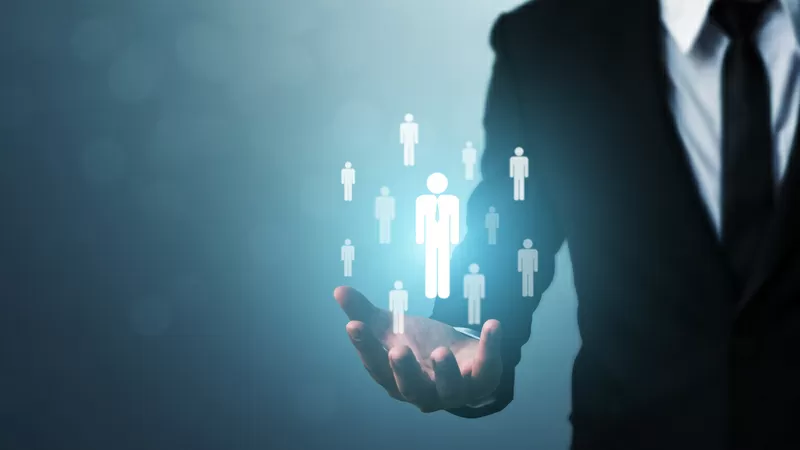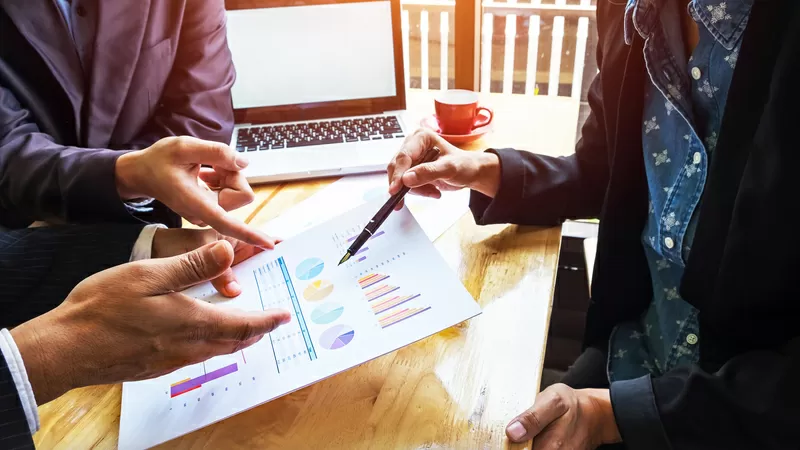
Social Inflationand COVID-19
Published on July 6, 2020
“Social inflation” refers to rising litigation costs and their impact on insurers’ claim payouts, loss ratios, and, ultimately, how much policyholders pay for coverage. While there’s no universally agreed-upon definition, frequently mentioned aspects of social inflation are growing awards from sympathetic juries and a trend called “litigation funding”, in which investors pay plaintiffs to sue large companies – often insurers – in return for a share in the settlement.
If the idea of social inflation was controversial before the start of the coronavirus pandemic and subsequent economic lockdown, with some calling it a hoax, the subject must now be looked at through the additional lens of COVID-19’s long-term impact on liability questions, plaintiff expectations, and juror attitudes.
A.M. Best said early in the crisis that COVID-19 could produce a big increase in social inflation. The reason: expectations that businesses would sue their insurers in an attempt to access their business interruption coverage for losses relating to the coronavirus pandemic. Such lawsuits have been and continue to be brought.
Hiscox warns about rising Florida risk
Despite reports of rate increases across the property catastrophe reinsurance sector at the mid-year renewals, a Hiscox executive has warned that these improvements could be offset by rising costs of risk in Florida, Reinsurance News reported
After consecutive heavy loss years, some fairly significant loss creep and low interest rates, coupled with the impacts of the COVID-19 pandemic, reinsurance rates reportedly trended in a positive manner at the mid-year renewals, with rises of 20% – 30%, or more in some instances. While reinsurers will welcome rate increases after a prolonged soft market and subsequent pressured returns, the improvements might not be sufficient to account for the increased risk in the region’s market, according to Ross Nottingham, Chair of North America at Hiscox Re and ILS, a division of global insurer and reinsurer Hiscox.
“Why? Because these increases haven’t yet covered our own view of the increased risk in the Florida market, which suggests that the amount of risk going into these programmes is a lot higher than thought last year,” Nottingham said. “That means you might get a 30 percent increase on the programme, but if you’ve measured the risk to the layer and established that it’s potentially worth 40 percent more in premium than it was last year, the margin has in fact decreased.”
Nottingham said the increases being seen in the Florida market in 2020, while positive, are barely covering the additional risk that is out there as evidenced by the substantial levels of adverse loss development on prior year events.
“And what’s continuing to drive loss creep? The villain of the piece is social inflation – a factor not yet captured in the vendor cat models the industry benchmarks for measuring hurricane risk.”
Nottingham says that in Florida social inflation comes from a variety of sources, ranging from assignment of benefits (AOB) litigation to loss adjustment inflation.
AOB abuse has been mitigated somewhat by recent reform legislation. But Nottingham says this reform is expected to have a limited impact on catastrophic claims being litigated and related inflation of a claim once lawyers start to get involved through other avenues.
“Despite insurers’ best efforts to change their original policy forms or to de-risk in the worst performing areas, it is expected that AOB or equivalent abuse will continue after the next big loss event,” says Nottingham. “Two years ago, the market thought the physical attributes of Irma were akin to a one in 10-year event. The loss now – with the advent of social inflation-fueled loss creep – looks more like the cost of a one in 20-year event, but there is no new science to show the expected vulnerability or hazard has changed.”
Another important element impacting reinsurance rates this year is the ongoing COVID-19 pandemic, which, Nottingham says hasn’t been factored into pricing for the months ahead. Forecasters predict an above-average level of hurricane activity in the Atlantic in 2020, which, coupled with the unprecedented impacts of the virus outbreak, presents unique challenges for the industry.
How Court Lockdowns May Turn Social Inflation Tide
COVID-19 may affect some aspects of social inflation in a different manner, Claims Journal reports.
Speaking at a recent Advisen event – Social Inflation: Truth or Fiction – defense attorney Ellen Greiper reported receiving more than the usual number of phone calls from plaintiffs’ attorneys.
“I have had a flurry of phone calls from plaintiffs who are now willing to take that [settlement] amount I had offered before,” said Greiper, a partner with Lewis Brisbois, Brisgaard & Smith. With courts having been closed as part of the general pandemic lockdown and now slowly reopening, “Those plaintiffs are realizing that they are not going to get a trial for at least two years, no matter what status their case may be and whether it’s discovery or past that. So now they are coming out of the woodwork.”
She added that the plaintiffs are “starting to realize that when we all come back and the jurors don’t have jobs or they’ve been furloughed, they’re not getting $10 million on a cervical fusion. They may realize that’s a ridiculous amount of money.”





